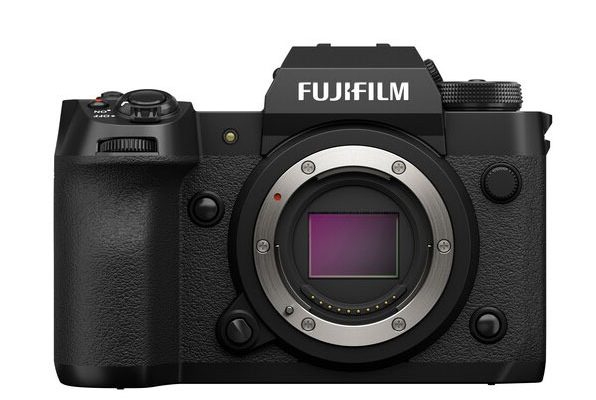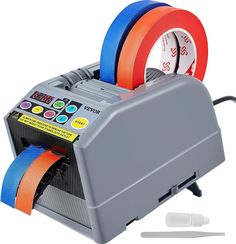Product Review: Fujifilm X-H3 – The APS-C Flagship Redefined

Introduction
Fujifilm has long been known for its commitment to the APS-C format, and with the release of the X-H3 in early 2025, they’ve once again proven that crop sensors can compete with full-frame offerings. Building upon the success of the X-H2 and X-H2S, the X-H3 aims to be the ultimate APS-C camera for both stills and video. In this review, we’ll explore how Fujifilm has pushed the boundaries of what’s possible with a crop sensor and whether the X-H3 can stand toe-to-toe with its full-frame competitors.
Design and Build Quality
The Fujifilm X-H3 maintains the robust, DSLR-style body of its predecessors, but with subtle refinements that enhance usability. The camera features a deep grip that provides excellent handling, especially with larger lenses. Constructed from magnesium alloy and extensively weather-sealed, the X-H3 is built to withstand challenging shooting conditions. Fujifilm has introduced a new heat-dissipating design that allows for extended video recording times without overheating concerns.
Sensor and Image Quality
At the heart of the X-H3 is a newly developed 32-megapixel X-Trans CMOS 5 HS sensor, paired with the X-Processor 5. This stacked, backside-illuminated sensor delivers exceptional image quality with improved dynamic range, color accuracy, and low-light performance. The native ISO range of 80-51,200 provides impressive flexibility in various lighting conditions. Fujifilm’s renowned color science is on full display, with enhanced Film Simulation modes that now include a new “Nostalgic Neg.” profile inspired by American New Color Photography from the 1970s.
Autofocus and Performance
Fujifilm has made significant strides in autofocus performance with the X-H3. The camera features a hybrid AF system with 759 phase-detection points covering nearly 100% of the frame. The new AI-based subject detection and tracking system can recognize and follow humans (including face/eye detection), animals, birds, cars, motorcycles, trains, and airplanes. The X-H3 can shoot up to 30 fps with the electronic shutter without any crop, or 15 fps with the mechanical shutter, making it highly capable for sports and action photography.
Video Capabilities
The X-H3 takes a significant leap forward in video capabilities, offering internal 8K recording at up to 30fps in 4:2:2 10-bit. It can also capture 4K at up to 120fps for impressive slow-motion footage. Fujifilm has introduced a new F-Log2 profile that provides up to 14+ stops of dynamic range, rivaling the latitude of many cinema cameras. The addition of internal ProRes 422 HQ recording and the aforementioned improved heat management allows for extended recording times without the need for external recorders.
In-Body Image Stabilization
The X-H3 features an advanced in-body image stabilization (IBIS) system that provides up to 7 stops of shake correction with most XF lenses. This system has been refined to work more effectively with longer lenses and during video recording, providing smooth footage even when shooting handheld.
EVF and LCD
The X-H3 boasts a high-resolution 5.76 million-dot OLED electronic viewfinder with 0.8x magnification, providing a large, clear, and responsive viewing experience. The EVF features a refresh rate of up to 120 fps, ensuring smooth motion rendering. The rear LCD is a fully articulating 3.2-inch touchscreen with 1.62 million dots, offering great flexibility for shooting from various angles and for vlogging.
Storage and Connectivity
Fujifilm has equipped the X-H3 with dual memory card slots, both supporting CFexpress Type B cards for ultra-fast write speeds. This allows for high-bitrate video recording and fast buffer clearing during burst shooting. The camera features built-in Wi-Fi 6 and Bluetooth 5.0 for seamless wireless connectivity. A new feature is the ability to use the X-H3 as a webcam with full access to Film Simulation modes, making it an excellent tool for high-quality live streaming.
Battery Life and Power Options
Battery life has been significantly improved in the X-H3, with the new NP-W325 battery capable of capturing up to 600 shots per charge when using the EVF (up to 800 with the LCD). The camera can be powered and charged via USB-C, and is compatible with a new vertical grip that triples the battery capacity.
Additional Features
Fujifilm has introduced a new Pixel Shift Multi-Shot mode that can create 160-megapixel images, ideal for landscape and still life photography where ultimate detail is required. The X-H3 also features a new “Auto” Film Simulation mode that analyzes the scene and selects the most appropriate simulation, a boon for photographers who love Fujifilm’s color science but want a more automated approach.
Conclusion
The Fujifilm X-H3 is a testament to what’s possible with APS-C sensors when paired with cutting-edge technology and thoughtful design. It successfully bridges the gap between crop sensor and full-frame cameras, offering a compelling package for both photographers and videographers. While it may not have the shallow depth of field capabilities of a full-frame sensor, the X-H3 compensates with its exceptional image quality, advanced autofocus system, and professional-grade video features. The improved ergonomics, robust build quality, and enhanced battery life make it a reliable tool for a wide range of shooting scenarios. For those invested in the Fujifilm ecosystem or looking for a more compact alternative to full-frame systems, the X-H3 represents the pinnacle of APS-C performance in 2025. Fujifilm has once again proven that sensor size isn’t everything, and the X-H3 is likely to become a favorite among content creators who value versatility, image quality, and the unique character of Fujifilm’s color science.






